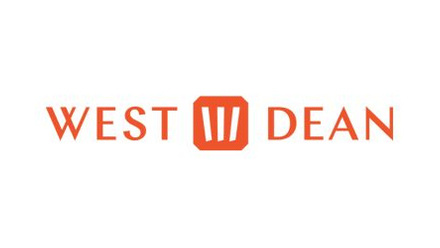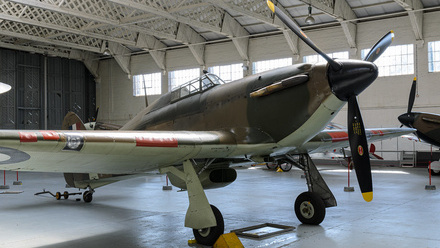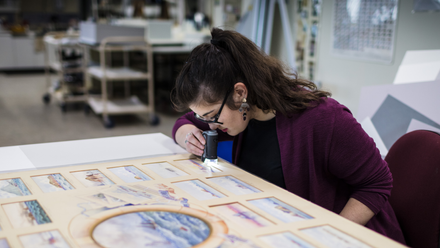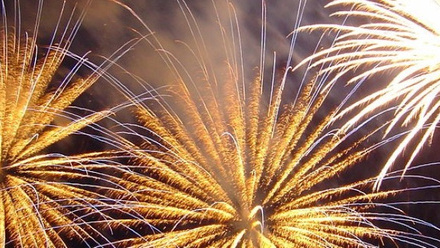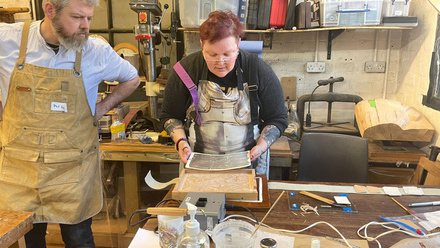The Icon Documentation Network has come about through the enthusiasm of individual Icon Members with a shared belief that documentation is an integral part of conservation work and should not be seen separately. We also believe that as a field we should be improving our documentation practice and taking full advantage of new technologies.
Why do we need good documentation?
One of the key tenets of modern conservation is that conservators should always document the condition and treatment of objects in their care, as referred to in Icon’s own Professional Standards. Documentation allows others to understand and learn from previous work, it means that as a profession we can assess the long-term effectiveness of treatments and materials, and it ensures that our own treatments cannot be mistaken for part of the original object. In short, documentation is a key element of the ethical treatment of heritage materials.
What are the problems with current documentation practices?
Conservation documentation as it currently exists needs considerable thought and improvement. Individual conservators are making decisions and changes in isolation. While good work is being done, it is often at the cost of much duplication of effort. This can also lead to a lack of consistency across the sector, making it difficult to share knowledge at a time when digital systems should increasingly allow new integrated working practices.
Conservation documentation as it currently exists needs considerable thought and improvement
What can the conservation sector do?
Ultimately, we believe that the sector is crying out for the development of a code of best practice in conservation documentation. The code will also help us assess issues of accessibility, data security, consistency and suitability for the task in hand.
This is no simple requirement, and needs an answer with the flexibility to deal with the many different situations that can be found within the diverse world of conservation. We believe there is little advantage in trying to install strict structures: we are looking for a layered approach to documentation. We work towards standardisation at a higher level which will make records from different systems interoperable.
If conservation documentation practice is to be improved in the long run, it is important that conservation training institutions provide emerging conservators with the appropriate skills and knowledge to carry out detailed and consistent documentation. We have started looking at how these programmes teach documentation and believe that Icon is in a good position to ultimately advise on course content.
The Icon Documentation Network
The current network members have been meeting twice a year (along with online participants) since November 2013. We believe a network, rather than a new Icon Group, will help us understand the importance of documentation within all areas of conservation practice. Membership of the network will supplement primary and secondary special interest Groups rather than replacing one of them.
Jennifer Marchant, Conservator of Antiquities, Fitzwilliam Museum, Cambridge
Photo: Conservation documentation

